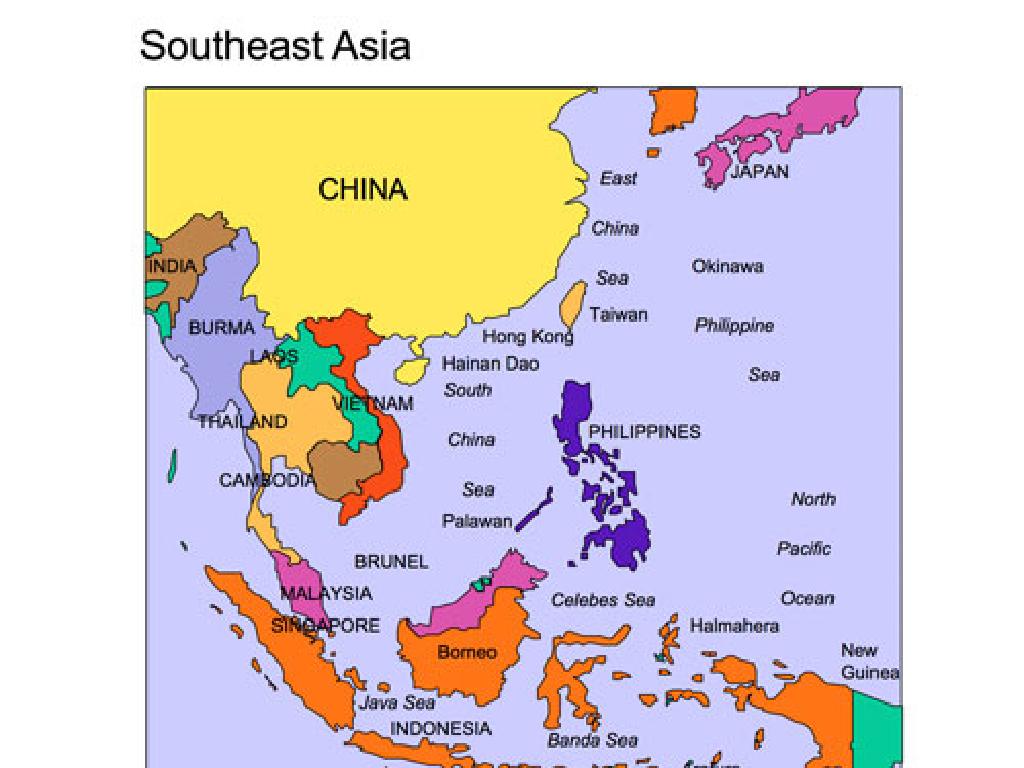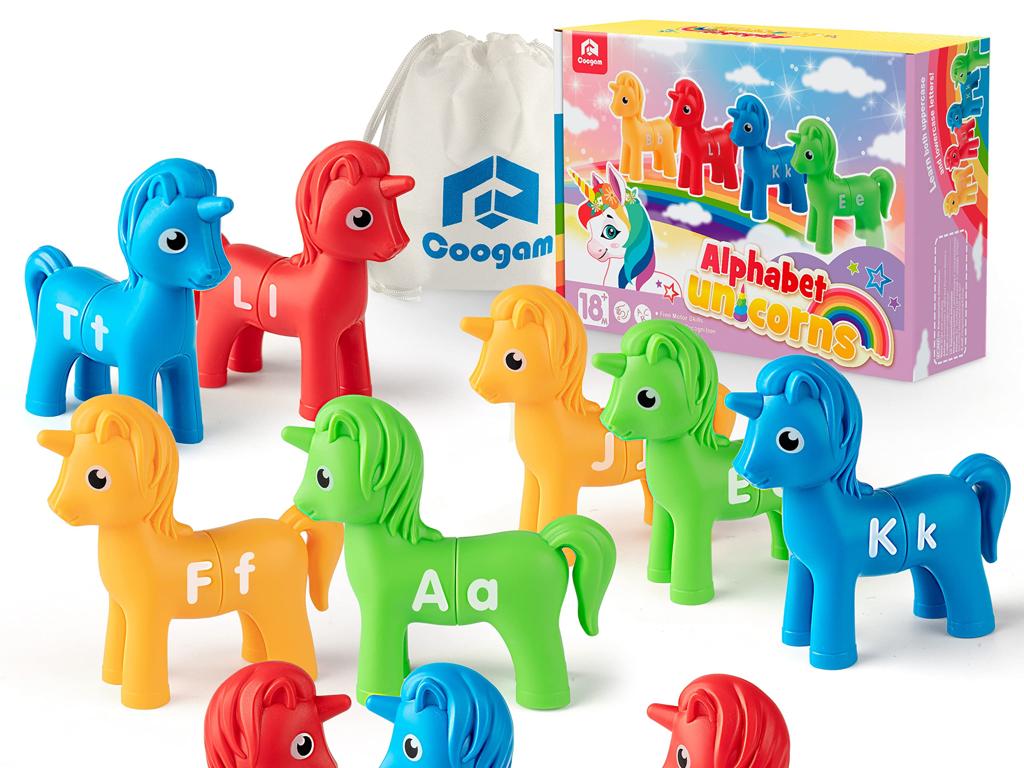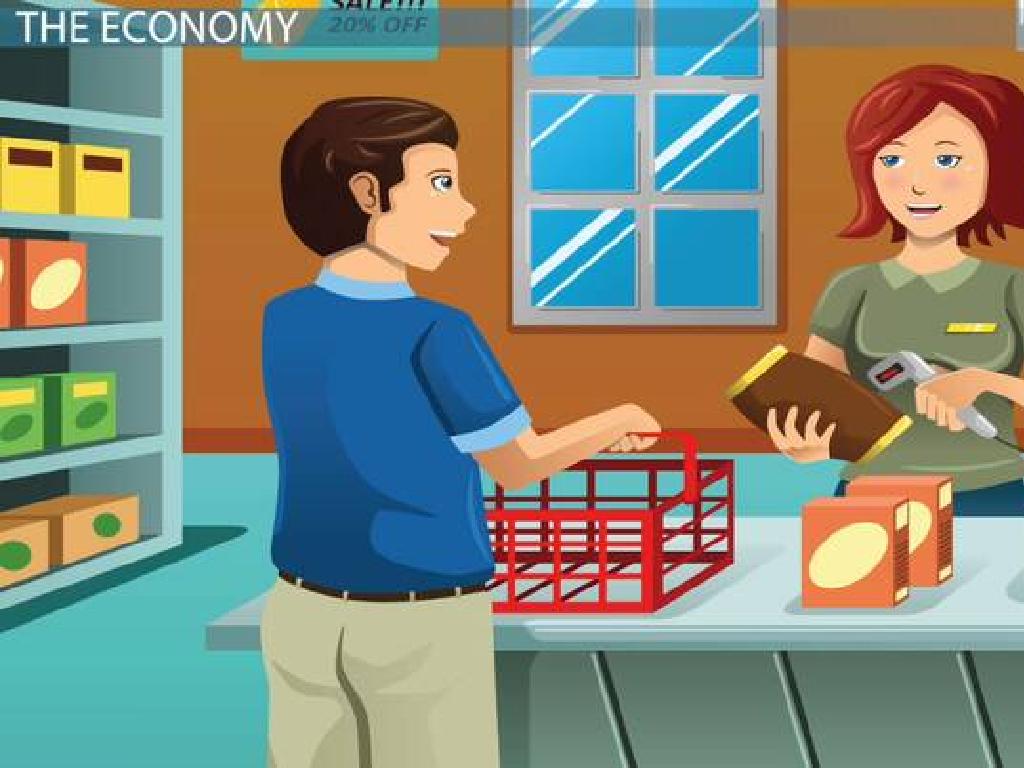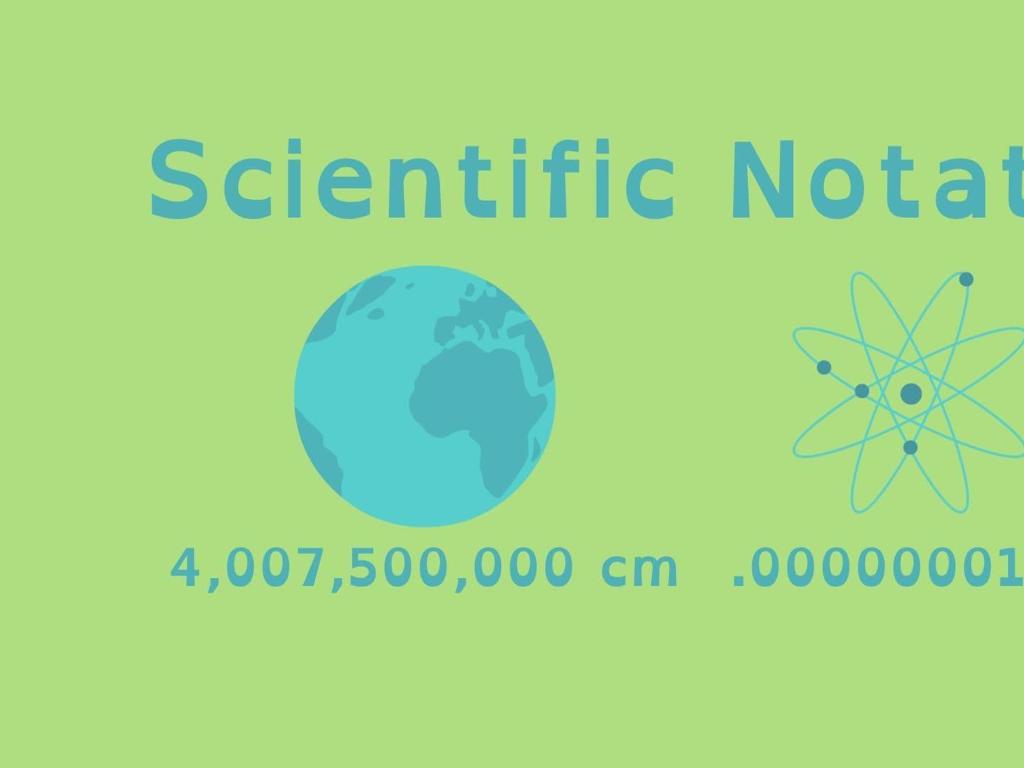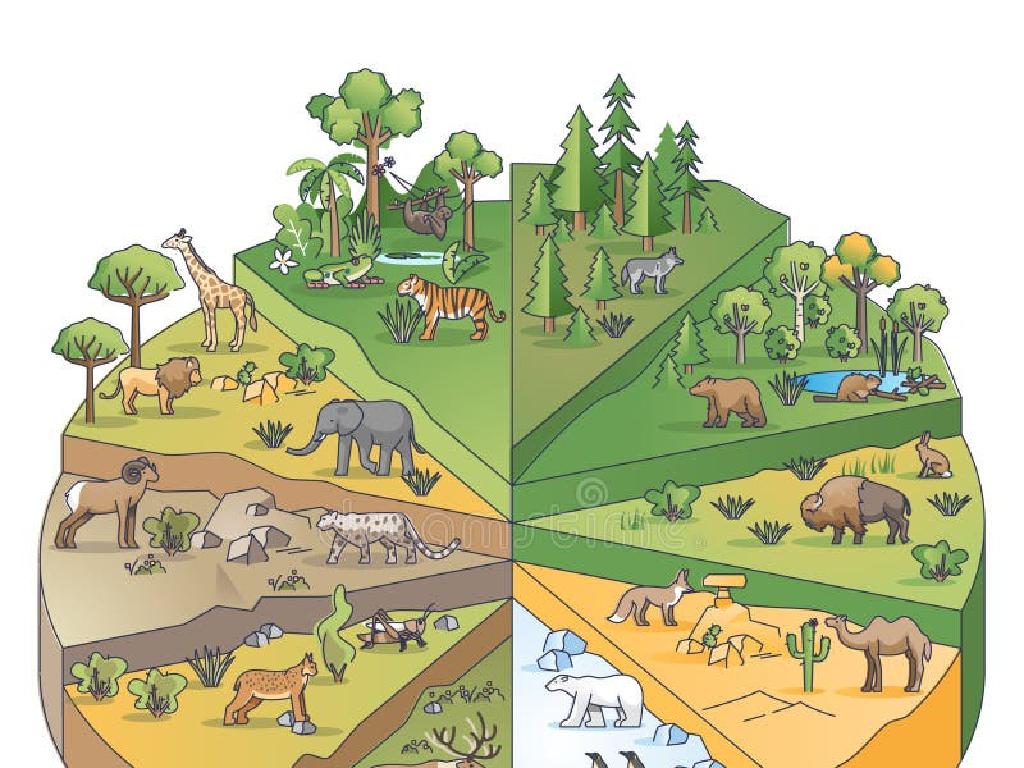Squares
Subject: Math
Grade: Pre-k
Topic: Flat Shapes
Please LOG IN to download the presentation. Access is available to registered users only.
View More Content
Welcome to Flat Shapes: Squares!
– Greet our little explorers
– Today’s shape: the square
– A square has 4 equal sides and 4 corners
– Squares in our classroom?
– Let’s search for squares around us
– Squares are special flat shapes
|
Begin the class with a warm and enthusiastic greeting to capture the children’s attention. Introduce the square as the shape of the day and explain that it is a type of flat shape. Encourage the children to look around the classroom and identify objects that have a square shape. This activity will help them recognize squares in their environment and understand that a square has four equal sides and four corners. Provide guidance and affirmation as they make discoveries. The goal is to create an interactive learning experience that reinforces their understanding of squares and flat shapes.
What is a Square?
– A square has four equal sides
– Like a box’s sides, all the same length
– Corners make an ‘L’ shape
– Look at the corners, they all match
– Make a square with fingers
– Use your fingers to form corners
|
This slide introduces the basic concept of a square to Pre-K students. Start by explaining that a square is a special kind of shape that has four sides of the same length, much like the sides of a box. Show them how each corner of a square forms a perfect ‘L’ shape, indicating that all corners are equal. Encourage the children to use their fingers to create their own ‘L’ shapes and then connect these to form a square. This kinesthetic activity helps solidify the concept of squares by allowing the children to physically create the shape with their own hands. It’s a fun and interactive way to learn about squares and can be followed by showing them objects with square shapes in the classroom or at home.
Squares Around Us
– Squares are all around us
– Think of square-shaped things
– Like blocks, tiles, or a book
– Look at pictures of squares
– Photos of windows, doors, and mats
– Find squares at home and play
– Spot squares in rooms, books, or slides
|
This slide is designed to help Pre-K students recognize and identify squares in their everyday environment. Encourage the children to think of objects that have a square shape, such as a picture frame, a piece of chocolate, or a window. Show them pictures of square objects to help them visually connect the concept with real-world items. Then, prompt them to look for squares in familiar places like their home, in storybooks, or at the playground. This activity will help them understand the concept of squares and how this shape is a part of many objects they see daily. It’s a fun way to explore geometry in a context that is meaningful to them.
Drawing Squares
– Grab crayons or pencils
– Draw four dots on paper
– Place dots to form a square shape
– Connect the dots carefully
– Make all sides equal length
– Each side should look the same
|
This slide is aimed at helping Pre-K students understand how to draw a square. Start by having the students select their favorite crayons or pencils. Then, instruct them to draw four dots on a piece of paper, positioning the dots so that they can form a square. Next, guide the students to connect the dots in straight lines to complete the square. Emphasize that all sides of a square are the same length, which is an important property of squares. Encourage the students to practice drawing squares of different sizes, always checking that the sides are equal. This activity will help them recognize and understand the shape of squares in a fun and interactive way.
Square Fun Facts
– Squares: All sides equal
– Squares can fit inside others
– Imagine a small square inside a bigger one, like a picture frame!
– Squares don’t roll
– Unlike a ball, squares stay put
– Squares are special shapes
|
This slide introduces young learners to the concept of squares. Emphasize that all four sides of a square are the same length, which makes them equal. Use visual aids like nesting blocks to show how smaller squares can fit inside larger ones. Explain that squares have flat sides, which is why they don’t roll like a ball does. This can be demonstrated with a square block and a ball. Encourage the children to find squares in the classroom and at home to connect the concept to their everyday lives. The goal is to help students recognize squares and understand their basic properties in a fun and interactive way.
Let’s Play with Squares!
– Build a tower with square blocks
– Only squares in our tower
– What can we make with squares?
– Can we make a house or a robot?
– Share your square creations
– Show your friends and talk about it
|
This slide is designed to engage Pre-K students in a hands-on activity that reinforces their understanding of squares as a flat shape. Encourage the children to use square blocks to build a tower, emphasizing that they should only use squares in their construction. Prompt them to think creatively about what other structures or objects they can create using only square shapes, such as houses, robots, or trains. After the building activity, have a show-and-tell session where each child can share their creation with the class and describe it. This activity will help develop their spatial awareness, fine motor skills, and ability to recognize and utilize squares in various configurations.
Square Dance Fun
– Stand up with friends in a big square
– Step to the music side to side and corner to corner
– Dancing in a square shape
– Moving like the sides of a square
– Remembering how a square looks
– Visual and physical memory aid
|
This slide introduces a fun and interactive class activity called ‘Square Dance’ to help Pre-K students recognize and remember the shape of a square. The activity involves the students standing up and arranging themselves in a large square formation. They will then move to the music, stepping side to side and corner to corner, mimicking the sides and corners of a square. This kinesthetic approach to learning helps students to visualize and physically experience the concept of a square, reinforcing their understanding of flat shapes. The teacher should prepare music with a clear beat and give clear instructions to guide the children through the dance steps. It’s also beneficial to have a discussion afterward about how the dance steps resembled the sides and corners of a square.
Class Activity: Square Hunt
– Let’s hunt for squares!
– Find square objects in class
– Look for square shapes like tiles or books
– You have 5 minutes
– Ready, set, go!
|
This activity is designed to help Pre-K students recognize squares in their environment. Before starting, explain what a square is: a shape with four equal sides and four corners. Demonstrate with a square object. Scatter square objects around the classroom for them to find. Use a timer to create excitement. As they search, encourage them to say ‘I found a square!’ when they find one. After the hunt, gather the children and count the squares they found. Discuss the objects and ask if they can think of other square things at home. This activity promotes shape recognition, counting skills, and teamwork.
Celebrating Squares!
– Congratulations on learning squares!
– Squares are everywhere around us
– Think of windows, tiles, and dice
– Let’s give a big square clap
– Clap in the shape of a square
– You’re amazing shape explorers!
|
This slide is meant to wrap up the lesson on squares with positive reinforcement and celebration. Emphasize the importance of squares in everyday life by pointing out objects that have a square shape, like windows or tiles. Encourage the children to give themselves a ‘square clap’, which involves clapping their hands in the pattern of a square. This kinesthetic activity helps reinforce the concept of the shape and provides a fun way to celebrate their learning. Praise the children for their attention and curiosity throughout the lesson, reinforcing their identity as ‘shape explorers’ who can now recognize and name squares in the world around them.

